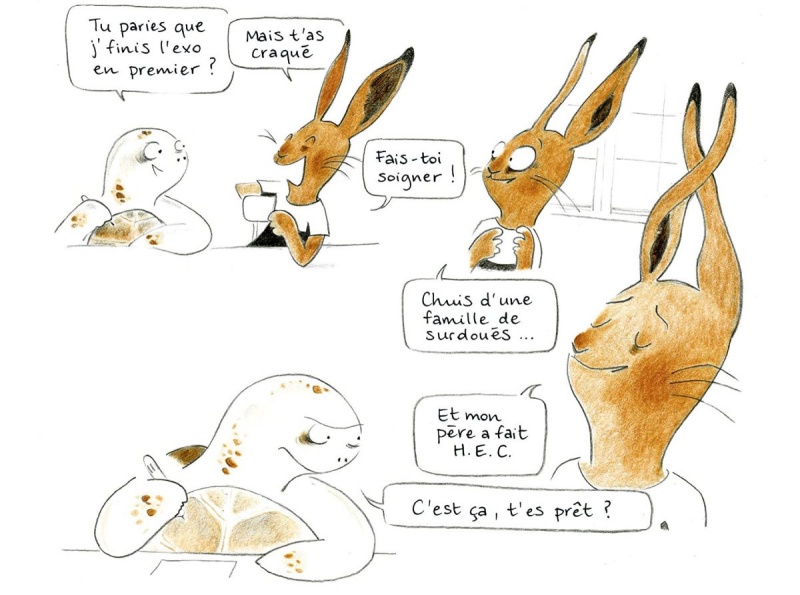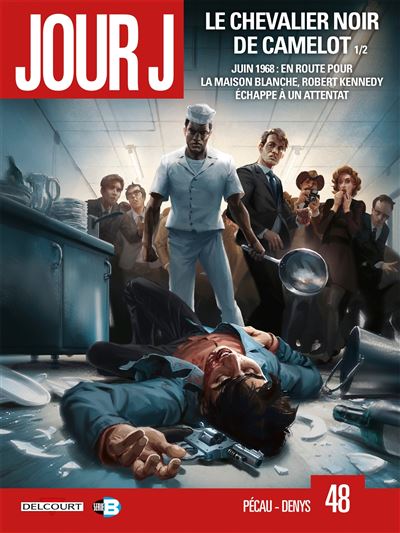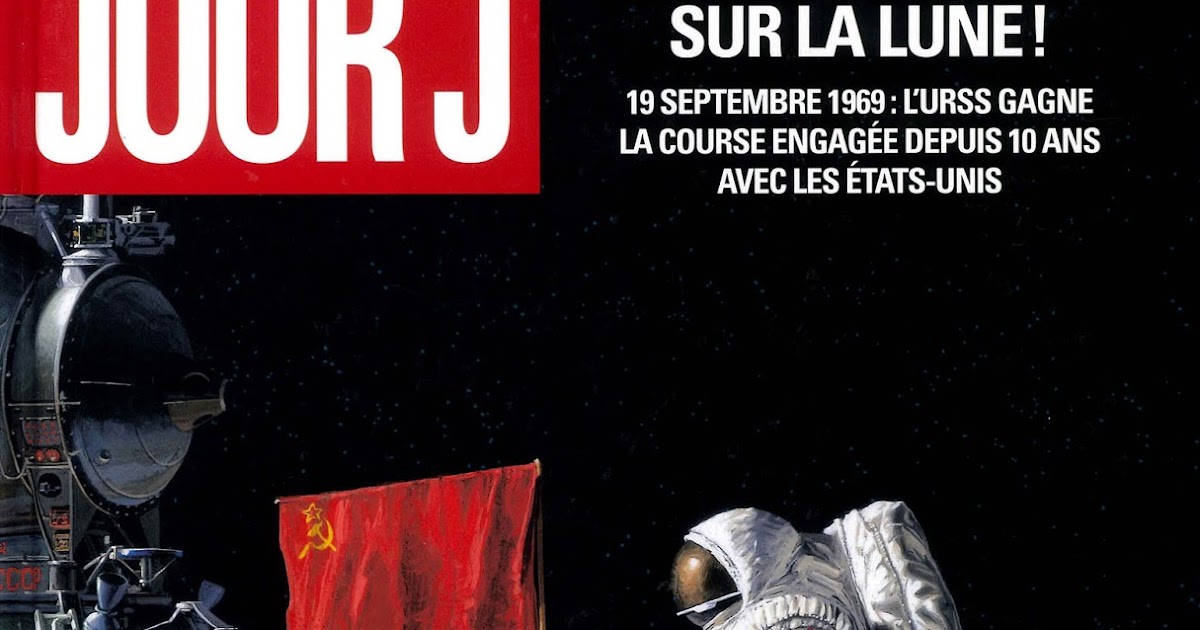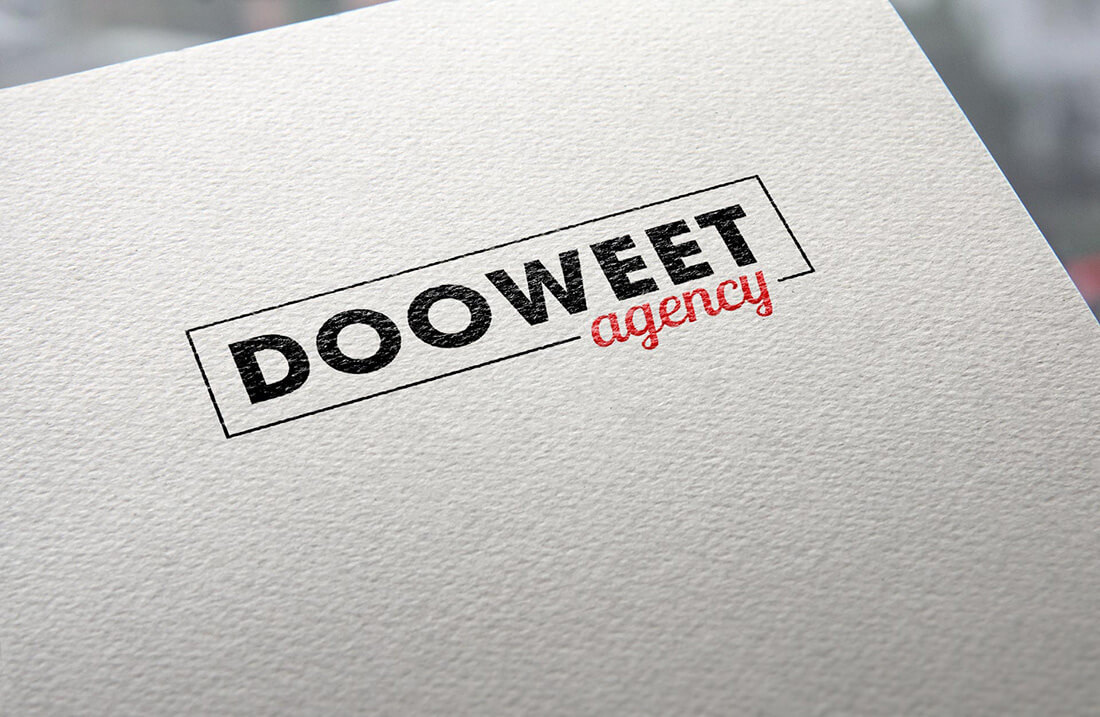La Fontaine is a staple of primary school but can these fables come out of mothball? Véropée tries to do it in this stripper comic published by La Boîte à Bulles
What to keep? What to change?
The scriptwriter, illustrator and colorist Véropée offers a suite at Le Cid in 4thB. This former French teacher continues in comics work done in class. In Le Renard, le Corbeau & tous leurs potos, she confronts La Fontaine's classic fables with the actuality of contemporary themes : ecology, social injustice, homophobia… Having become a disruptive and proactive fable, The Raven and the Fox denounces capitalism and the corporatist vocabulary where bourgeois pepper their words with English expressions and verlan. The goose that lays the golden eggs becomes a diatribe against intensive farming. The danger of networks appears in the tick and the fly: this insect multiplies online comments and thinks to change everything while it has no impact on things. The heron becomes addicted to Tindr. The fable of the wolf and the stork castigates abusive flirting.
The fifteen fables are a best of La Fontaine. However, Veropeia does not kneel in front of the monument but brings it down from its pedestal. In her fables, she does not hesitate to use vulgarity. We then forget the boredom of school or the lies of popular works. Most striking is the use of contemporary expressions: The wolf radiated its snout. When he insults the lamb, he tells him that he breaks his balls. La Fontaine would be surprised to read verlan, anglicisms and language tics of teenagers. In order to find its way, the publisher has added two glossaries, one for the oldest and the other listing complicated words for the youngest.
Back to the classic
Paradoxically, to confront fables with current events, the author takes up the codes of children's literature. Three sisters with funny names introduce the stories. Jojo student in CM2, Gaby in college and Lola in second have fiery reflections and fables illustrate their points. Veropeia's drawing is close to strips like the Triplets. There are no real boxes but spaces sketch a story on the page. The drawing displays a deliberate clumsiness and we see the pencil strokes. Each comic has a dominant color. Logically, the Goose with the Golden Eggs is in yellow.
However, there is a common structure. Each fable opens with an introduction on a page with a scene of the daily life of the sisters then we find the original text and finally the reinterpretation. Sometimes it is the girls who voluntarily modernize the text. Indeed, two of the sisters study in La Fontaine class.
The reinterpretation is sometimes very far from La Fontaine so that we do not recognize the origin. The title changes. It's up to you to guess the original title of The frog who wanted to make his girl too much. The oak and the reed become the tree and the electric pole for an ecological fable. However, morality remains because the weakest is not the one we believe. Conversely, Veropée turns over certain morals such as the lion and the rat. The girls find it unfair. The author turns it into a fable about the corruption of politicians and the arrogance of the powerful. The whole is often much less violent. Other fables are very close to their roots. The Tortoise and Hare is a race to finish a math exercise. The hard-working turtle from a working-class background beats the hare from a rich family but who does not listen to the course.
The Fox, the Raven & all their potos give a facelift to the well-known fables of La Fontaine. For this, Veropée modernizes the language and theme of these small texts. However, the caustic spirit remains, and that is the main thing.
You can find on the site other literary adaptations in comics with a short story by Mark Twain and a novel by Jules Verne.















![[Live Report] Rock En Seine 2024 : 20 ans et toujours aussi passionnés !](https://www.justfocus.fr/wp-content/uploads/2024/11/RES24_JOUR01_LANA-DEL-REY_LOUIS-COMAR-12.jpg)

























